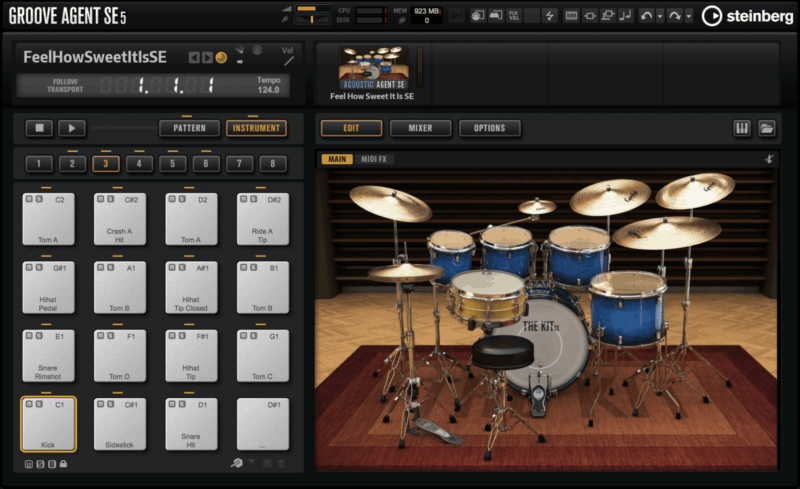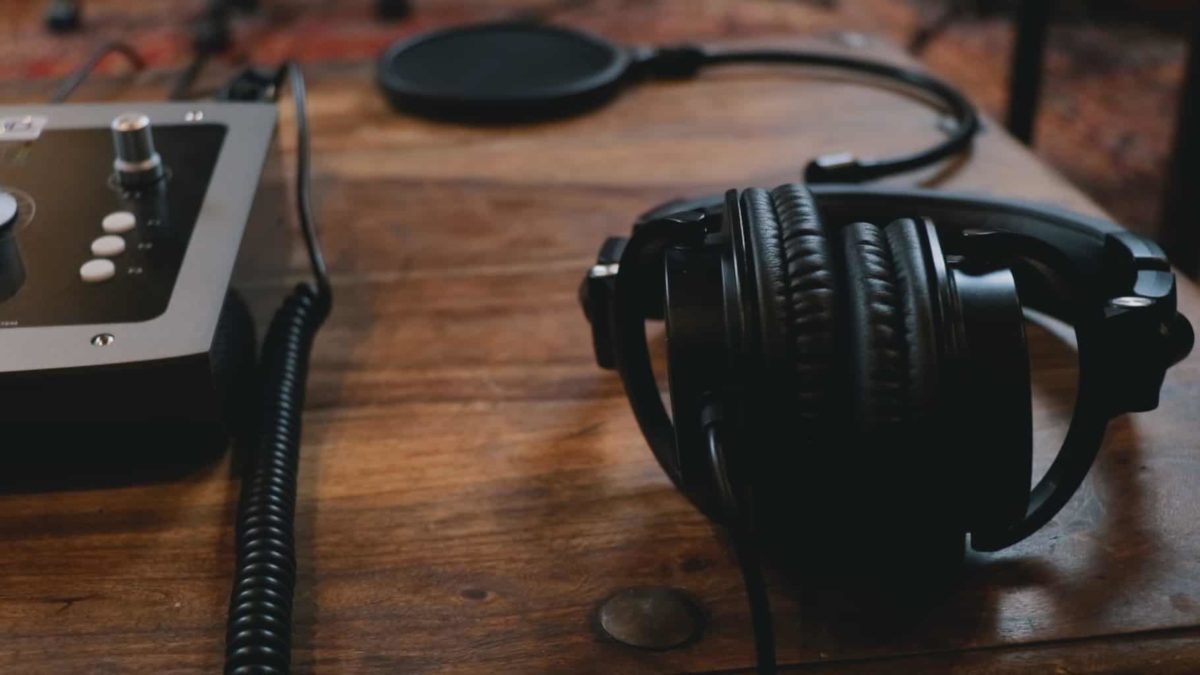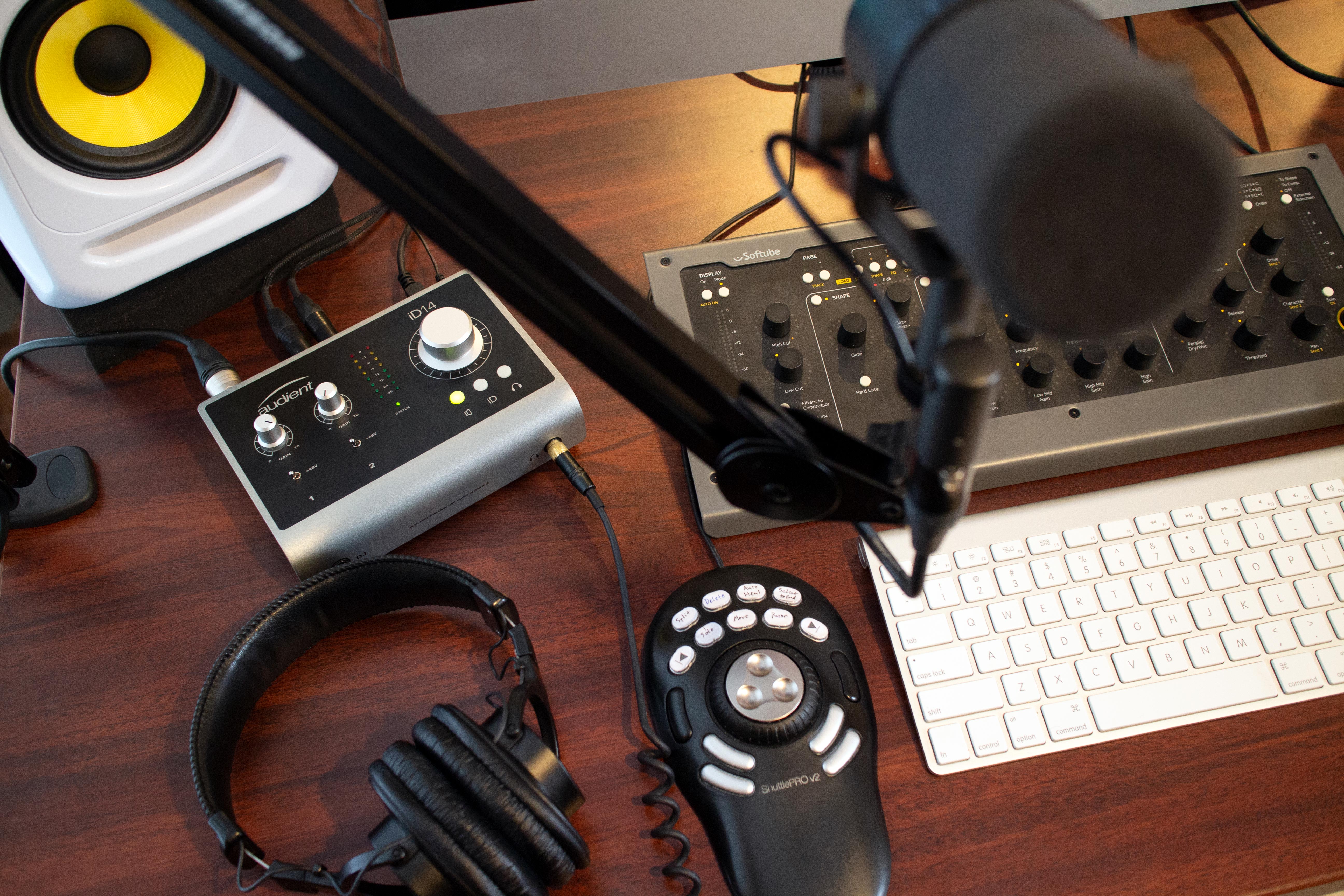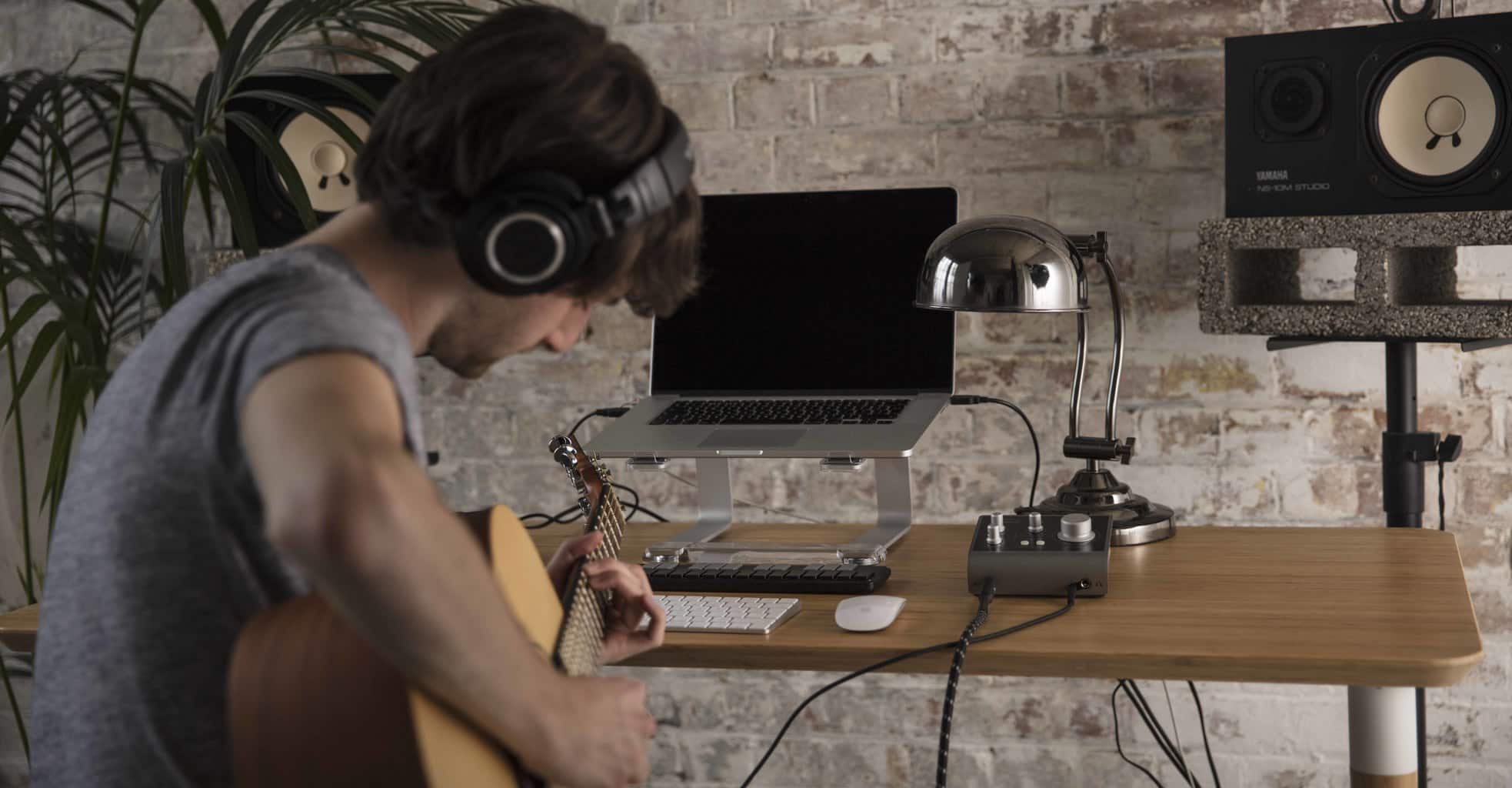Guitar cabs can make the difference between a bad guitar tone and an amazing one, so choosing the right cab should not be overlooked. In this article we’re going to go through the differences between the different types of cabs and why you should choose one over another.
What Is A Guitar Cab?
A guitar cabinet, or cab for short, is essentially a speaker housed in a wooden enclosure used to hook up to your guitar amp to output your guitar’s sound. In the case of combo amps, the amp and speaker will be in the same enclosure, but you’re also able to buy standalone cabs that hook up to amp heads.
Having a good idea on what type of genre you’re going to be playing is a great help when deciding which cab you’re going to need to buy.
Cab Sizes
Guitar cabs come in a variety of sizes, but one thing that does stay the same is the naming convention. It couldn’t be easier, if you see a ‘4×12’ this simply means there’s 4 speakers which are all 12”. Once you’ve got your head round this, it makes it a whole lot easier to decode what’s what.
You’ve all seen the classic 80s hair metal band with their stacks of 4x12s but whilst these are arguably the most famous cab size, they’re not the only ones available. Guitar cabs come in a multitude of sizes ranging from the small 1x12s, the medium sized 2x12s and of course the big 4x12s.
These are the most common guitar cab sizes however bass cabs differ slightly and come in different sizes, most notably the 1×15, 4×10 and 8x10s.

Finding The Right Cab For You
What cab you choose will largely be down to what genre of music you’ll be playing and what you’re going to be using it for. There are no hard and fast rules but here are some recommendations.
1×12 Cabs:
1×12 cabs are great if you’re going to be playing at home or smaller venues. Usually you’d find a 1×12 in a guitar combo such as the Fender Blues Jr or Vox AC15. These are known for their ability to breakup quite easily so are perfect for clean, blues or classic rock tones.
2×12 Cabs:
2×12 cabs are the natural step up from the 1×12. Naturally they offer more volume than a 1×12 meaning they’re perfect for playing larger gigs. Having an additional speaker means you’re also able to change one of the two to give your amp a different characteristic. This is especially great if you’re recording as you’ll get two different tones depending on what speaker you record.
4×12 Cabs:
Last but by no means least is the 4×12. If you’re looking for the fullest sound possible then a 4×12 is going to cover that need. Of course the 4×12 is the loudest of the three speaker configurations so if you’re playing large gigs then a 4×12 is a must.
Nowadays with the advancement of the PA systems, micing up cabs of any size is quick and easy so no matter what size amp you have, you’re more than likely going to be able to keep up with the rest of the band.
However, if you’re not playing live and just recording guitars in your home studio then you might have a slight problem with either only having the budget to buy one decent cab or simply not being able to play as loud as you’d like.
Why Own One When You Can Own Them All?
Not everyone has the space to fit a stack of 4x12s in their bedroom, however most people do have the space for an audio interface. Whilst modern solutions like using amp sims are great the most common thing people complain about is latency. However, with Audient’s new guitar recording interface Sono you no longer have to worry about space or latency.
Created in partnership with Two notes, Sono is the ultimate audio interface for guitarists combining Audient’s renowned recording quality with Two notes expertise in cab simulation.
The cool thing about the Two Notes software is it allows you to model a huge range of classic guitar and bass cabs in a number of different environments, with a number of different microphones, and the best thing? It’s all processed on Sono itself, within the internal DSP, so you’re getting the lowest latency possible!
Once you have found a tone you like, you are able to store it on Sono and recall it at any point, whether you have a computer plugged in or not. You can store up to three presets onboard and toggle between them by simply pressing the C.A.B button on the top of the unit.
Written by Audient
Related Articles


In this article we’re going to go through the differences between the different types of cabs and why you should choose one over another.
What Is A Guitar Cab?
A guitar cabinet, or cab for short, is essentially a speaker housed in a wooden enclosure used to hook up to your guitar amp to output your guitar’s sound. In the case of combo amps, the amp and speaker will be in the same enclosure, but you’re also able to buy standalone cabs that hook up to amp heads.
Having a good idea on what type of genre you’re going to be playing is a great help when deciding which cab you’re going to need to buy.
Cab Sizes
Guitar cabs come in a variety of sizes, but one thing that does stay the same is the naming convention. It couldn’t be easier, if you see a ‘4×12’ this simply means there’s 4 speakers which are all 12”. Once you’ve got your head round this, it makes it a whole lot easier to decode what’s what.
You’ve all seen the classic 80s hair metal band with their stacks of 4x12s but whilst these are arguably the most famous cab size, they’re not the only ones available. Guitar cabs come in a multitude of sizes ranging from the small 1x12s, the medium sized 2x12s and of course the big 4x12s.
These are the most common guitar cab sizes however bass cabs differ slightly and come in different sizes, most notably the 1×15, 4×10 and 8x10s.

Finding The Right Cab For You
What cab you choose will largely be down to what genre of music you’ll be playing and what you’re going to be using it for. There are no hard and fast rules but here are some recommendations.
1×12 Cabs:
1×12 cabs are great if you’re going to be playing at home or smaller venues. Usually you’d find a 1×12 in a guitar combo such as the Fender Blues Jr or Vox AC15. These are known for their ability to breakup quite easily so are perfect for clean, blues or classic rock tones.
2×12 Cabs:
2×12 cabs are the natural step up from the 1×12. Naturally they offer more volume than a 1×12 meaning they’re perfect for playing larger gigs. Having an additional speaker means you’re also able to change one of the two to give your amp a different characteristic. This is especially great if you’re recording as you’ll get two different tones depending on what speaker you record.
4×12 Cabs:
Last but by no means least is the 4×12. If you’re looking for the fullest sound possible then a 4×12 is going to cover that need. Of course the 4×12 is the loudest of the three speaker configurations so if you’re playing large gigs then a 4×12 is a must.
Nowadays with the advancement of the PA systems, micing up cabs of any size is quick and easy so no matter what size amp you have, you’re more than likely going to be able to keep up with the rest of the band.
However, if you’re not playing live and just recording guitars in your home studio then you might have a slight problem with either only having the budget to buy one decent cab or simply not being able to play as loud as you’d like.
Why Own One When You Can Own Them All?
Not everyone has the space to fit a stack of 4x12s in their bedroom, however most people do have the space for an audio interface. Whilst modern solutions like using amp sims are great the most common thing people complain about is latency. However, with Audient’s new guitar recording interface Sono you no longer have to worry about space or latency.
Created in partnership with Two notes, Sono is the ultimate audio interface for guitarists combining Audient’s renowned recording quality with Two notes expertise in cab simulation.
The cool thing about the Two Notes software is it allows you to model a huge range of classic guitar and bass cabs in a number of different environments, with a number of different microphones, and the best thing? It’s all processed on Sono itself, within the internal DSP, so you’re getting the lowest latency possible!
Once you have found a tone you like, you are able to store it on Sono and recall it at any point, whether you have a computer plugged in or not. You can store up to three presets onboard and toggle between them by simply pressing the C.A.B button on the top of the unit.




